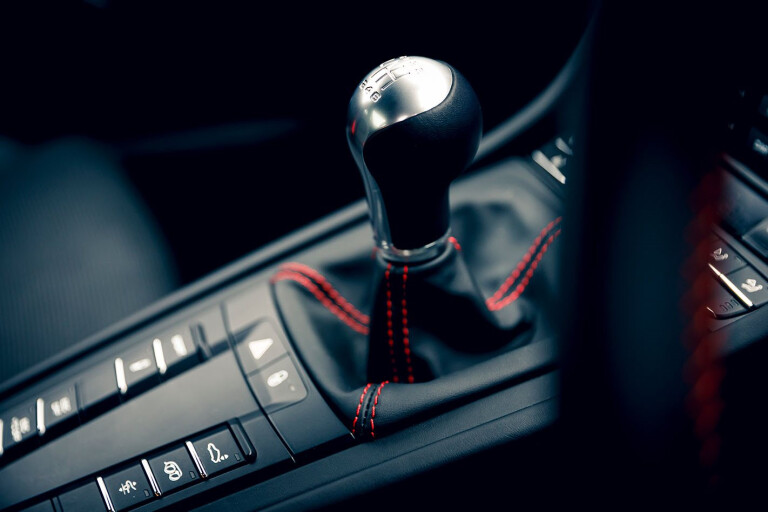
Launching an automatic car away from a standing start is pretty straightforward, especially if it's fitted with launch control, or sends drive to all four wheels.
But it seems that getting a respectable time out of a car with manual transmission is becoming something of a lost art.
Wheels' recent test of the Hyundai i30N, Honda Civic Type R and Ford Focus ST seemed a good opportunity to remind ourselves of the strategy involved in getting a strong start from a manual car, especially when conditions are less than optimal.
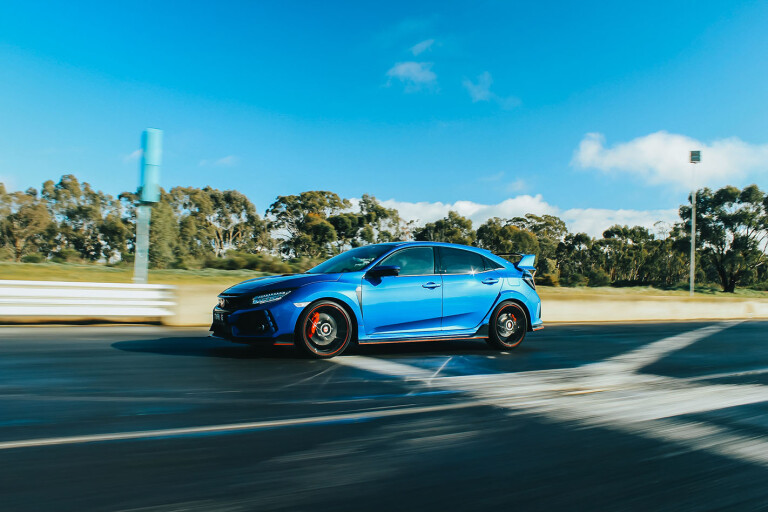
THE FIRST THING YOU'LL NEED TO DO IS A LITTLE HOMEWORK
The most critical part of the whole process is your tyre, so understand what size contact patch you're working with, the condition of the tyre and the surface, your current tyre pressures and temperatures and also the relative hardness of the tyre compound.
After that, assess where your car makes peak power. It was clear in our hot hatch test that not only did the Honda have a bigger, grippier tyre than the Hyundai, but also made 26kW more power some 500rpm further round the rev counter. This will then inform your gearshifting strategy. The Focus is also designed from the factory to be flat-shifted, that is clutching in and changing up a gear without lifting your right foot off the floor, whereas most owners won't subject their cars to this level of mechanical malfeasance.
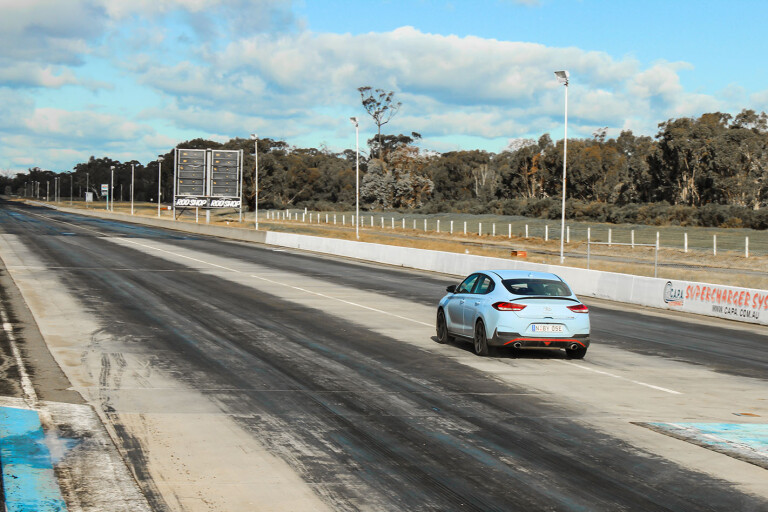
TIME TO GET SET UP
If you're launching a vehicle, you'll also want to make sure that there's nothing in the cabin that's likely to get loose and do damage. Switch the air conditioning off and close the windows. And if you have a passenger in the vehicle, advise them to rest their head against the head restraint, especially if you're in something really punchy.
When you're clutching in, you'll want to be on a flat surface so that the vehicle doesn't roll. For the love of all that is holy, do ensure that you're also in first gear and not third or, worse still, reverse.
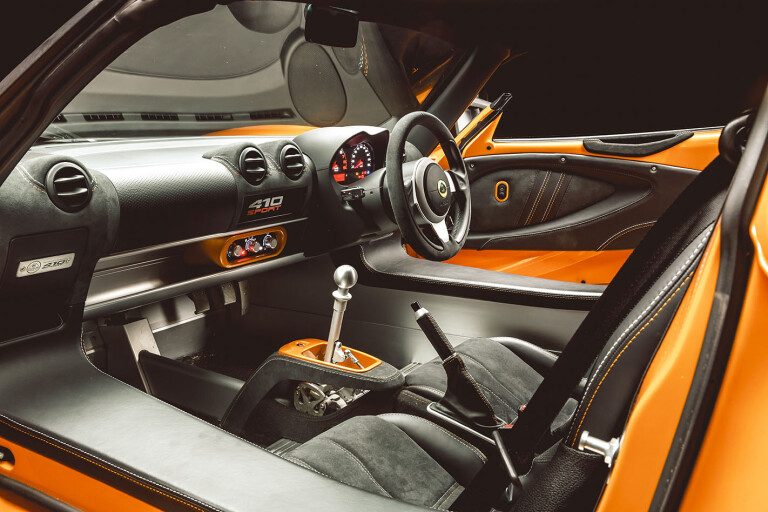
TO BURNOUT OR NOT TO BURNOUT, THAT IS THE QUESTION
Clearly this is something we'd not recommend on a public road, but we'll often just give the tyres a quick chirp-up when testing at the dragstrip more to clean the tyre surface of debris than to warm it up in any way. Moderation is key here.
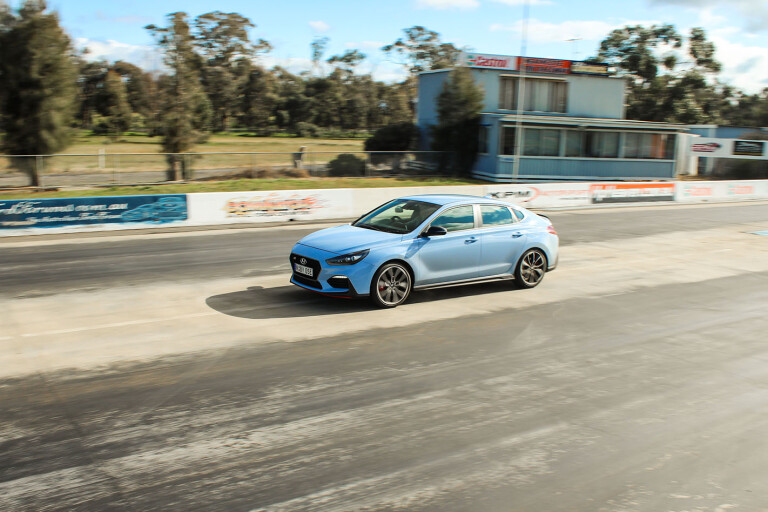
FIND THE SWEET SPOT
You'll also want to experiment with the clutch biting point of the car. To do this put a modest amount of revs on the board and slowly bring up the clutch to the point where the engine note lowers slightly as the driveline takes up the slack and prepares to move the vehicle. Note this point in the clutch's travel.
How many revs you put on the board is generally a combination of two factors. High torque cars will generally require fewer revs, whereas an atmo car with lower immediate torque benefits from more revs. Then there's the amount of grip that you have available. If you're on a high-mu surface with plenty of traction, you can safely nudge the revs up a tad, safe in the knowledge that your tyres aren't about to cremate themselves in a cloud of carbon black.

FINESSE THE RELEASE
How quickly you drop the clutch will also depend on how much grip you have available. With all-wheel drive vehicles, you will need to disengage the clutch crisply and build revs rapidly, as the grip available is often considerable.
Ford's advice with the old all-wheel drive Focus RS was basically to rev it almost to the limiter and sidestep the clutch. Savage, but effective.
But it's worth remembering that if the tyres aren't slipping, all of that stress is transferred to your clutch plate. In a front- or rear-driver you may need to feed power progressively so as not to overwhelm the grip from the driven pair of tyres.

WHAT ABOUT TRACTION CONTROL?
Whether or not you disengage traction control is up to you. We tend to find that with almost all systems, a little experimentation with the system off will yield better times than with it on.
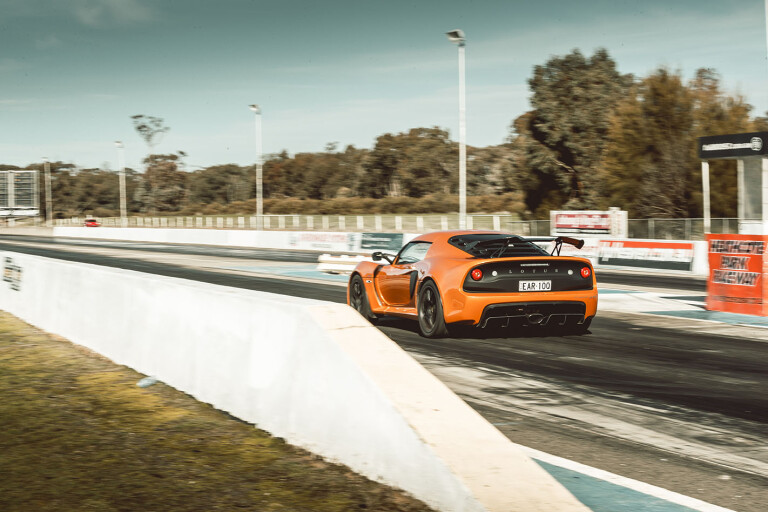
HOW DO I GET THE MOST OUT OF A TURBOCHARGED ENGINE?
Unless you have an anti-lag system, sitting with steady engine revs won't build boost pressure.
The trick here is to fool the system by sharply building to optimum revs (over the space of half a second or so) and then lifting the clutch, so that there's already a bit of boost available to you.
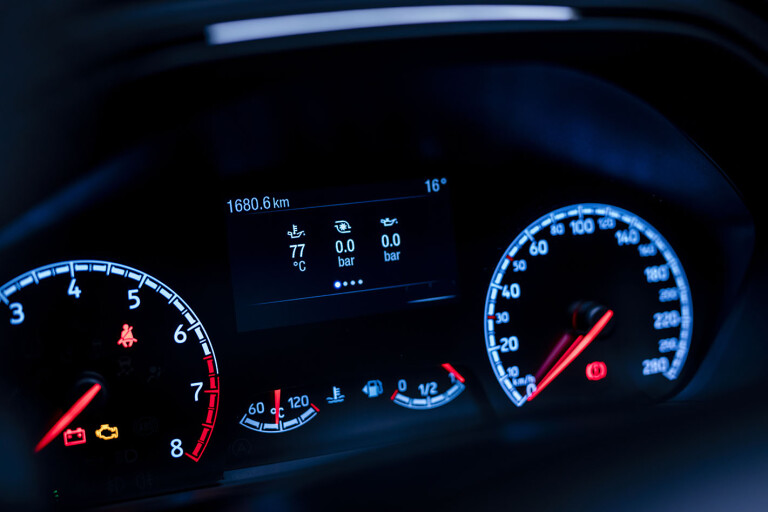
WHEN YOU KNOW YOU GOT IT RIGHT
The holy grail sound effect is usually a momentary squeal of wheelspin and then clean traction.
Get that right and, unless you foul up a gearchange, you usually know you've nailed a decent time.
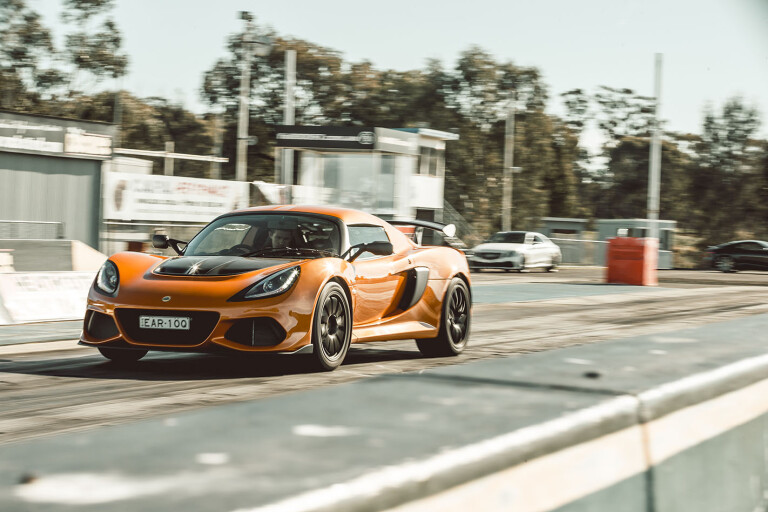
WHERE ELSE CAN IT GO WRONG?
There are a couple of other ways that you can screw things up.
The first is a common error – upshifting too early. You'll typically lose around 60 percent of wheel torque with each upshift, so even if the engine feels as if it has done its best work en route to redline, it's almost always more effective to stay with it to almost the engine cut than upshift early.
Subjectively, you'd swear that upshifting earlier would be quicker, but beg/borrow/steal a satellite data logger and try the two techniques. Nine times out of ten, sticking with the gear you're in for as long as possible will net you a better time.
The second is (sorry, press offices) being too gentle with the car. Figuring a car isn't an activity for those with excessive mechanical sympathy. You'll want to be very quick with the clutch and the gearshift (taking up slack in the stick's travel before you engage the clutch) and, once you have traction, the throttle pedal stays on the floor for the best possible times, or merely feathered slightly through shifts.
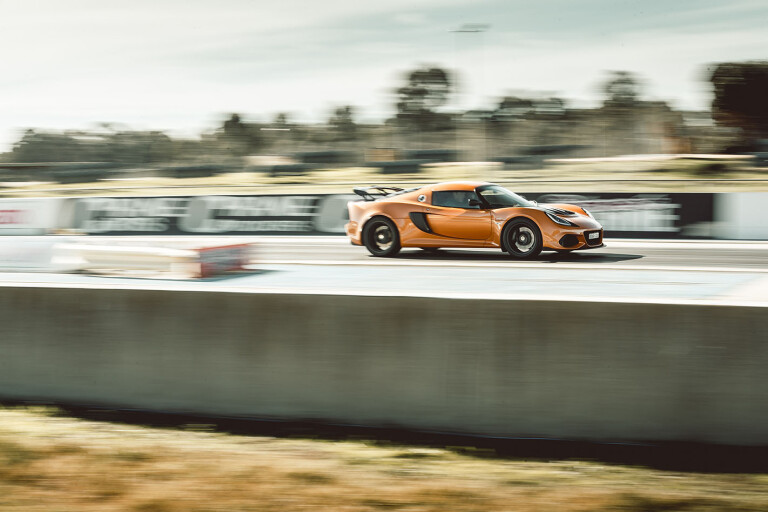
CONGRATS, YOU CAN NOW LAUNCH LIKE A PRO
If you've nailed all of the above, congratulations! And remember that the middle pedal is probably going to need some attention in your immediate future too.



COMMENTS